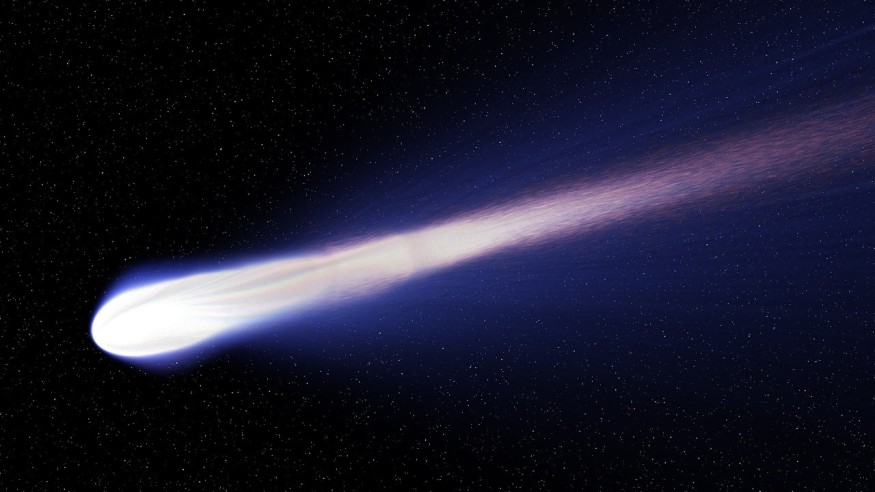A volcanic comet flying through our solar system had a major eruption observed by astronomers, according to report on earlier this December. The frozen cosmic snowball known as the Comet 29P/Schwassmann-Wachmann consisting of dust, gas, and rocks reportedly emitted over 1 million tons of debris and potential building blocks of life into space.
Volcanic Comet Eruption

Also known as Comet Schwassmann-Washmann 1, the 29P comet is around 37 miles (60 kilometers) wide and takes approximately 14.9 years to orbit the Sun. According to Live Science 29P is believe by some people to be the most volcanically active comet in the solar system.
It is only one out of around 100 comets, known as "centaurs," that have been pushed from the Kuiper Belt, a ring of icy comets that lurk beyond Neptune and into a closer orbit around our solar system's only star between Jupiter and Neptune, according to the National Aeronautics and Space Administration (NASA).
NASA's Spitzer Space Telescope had also previously captured an image of the unusual comet that experiences frequent outbursts, meaning this is not the first time that the centaur volcanic comet erupted but it is still a spectacle to see since not often that astronomers observe such space volcanic eruptions.
Comet 29P/Schwassmann-Wachmann
On November 22, amateur astronomer Patrick Wiggins noticed that the comet 29P had abnormally increased in brightness, according to Spaceweather.com, as cited by Live Science. Furthermore, subsequent astronomical observations revealed that the spark of light was due to a large volcanic eruption, according to the British Astronomical Association (BAA).
On December 2, the BAA stated it has obtained new images of the centaur comet taken by Mike Beer and Valentina Matei after a long spell of bad weather and among other factors. Based on the image taken, the BAA saw three strong outbursts within a period of 11 days since it was first observed on November 22, followed by the second outburst on November 27 and third on November 29.
The association said the November 22 outburst is the second largest seen on 29P since 2010, with the largest outburst in September 2021.
Comets or Space Volcanoes?
Back in 2001, stargazers at Johns Hopkins University a comet they were monitoring erupted like a volcano. The comet was named LINEAR after the Massachusetts Institute of Technology team that discovered it, which was also studied by its research group using NASA's Hubble Space Telescope.
The outburst was attributed by scientists to be a likely volcanic explosion even if the temperatures below the surface of the comet are minus 100 degrees Fahrenheit (minus 75 degrees Celsius), as reported by ABC News.
While a comet is conventionally known to be a space rock as well, its icy and gaseous composition makes it susceptible to explode similar to a planetary volcanic eruption. The 2001 researchers found that volcanic eruptions increase in frequency the closer the comets approach the Sun.
Until now, scientists are still studying the cosmic phenomenon behind the volcanic comet eruptions.
Related Article : Comets Hitting Planets May Help Build Life, Study Finds
© 2025 NatureWorldNews.com All rights reserved. Do not reproduce without permission.





